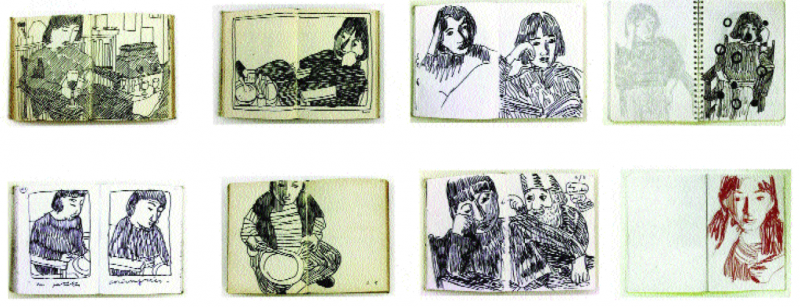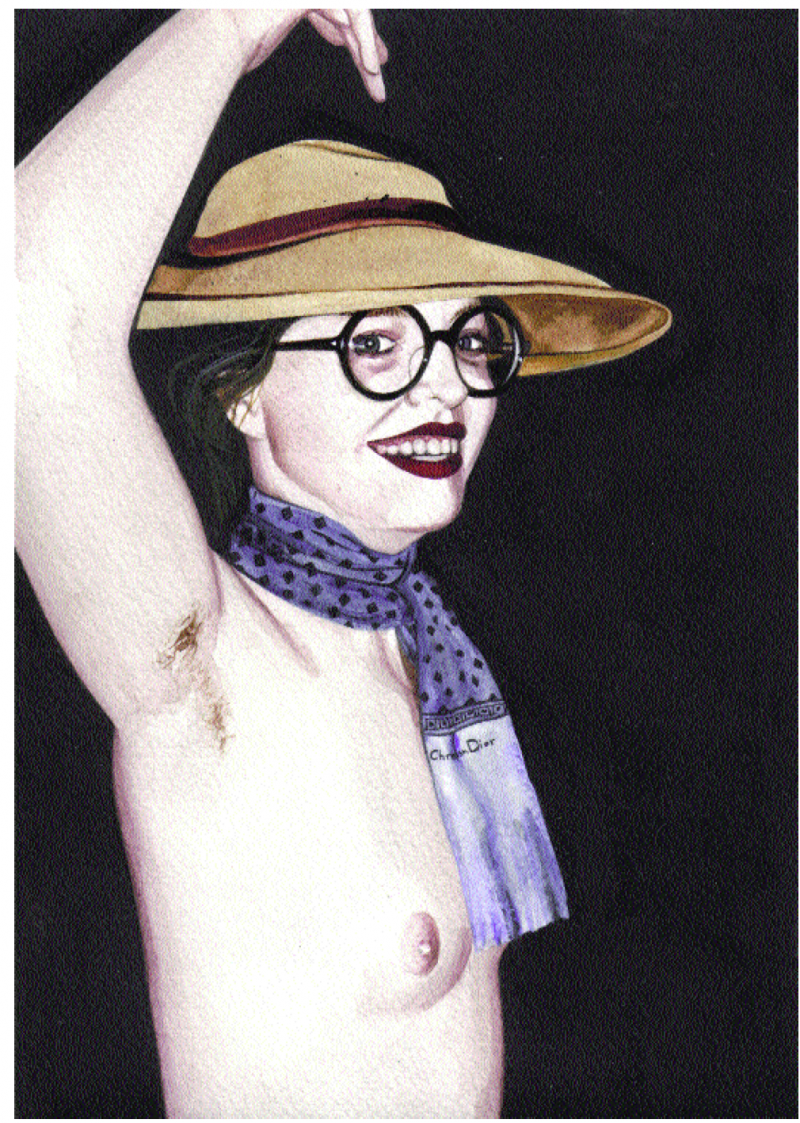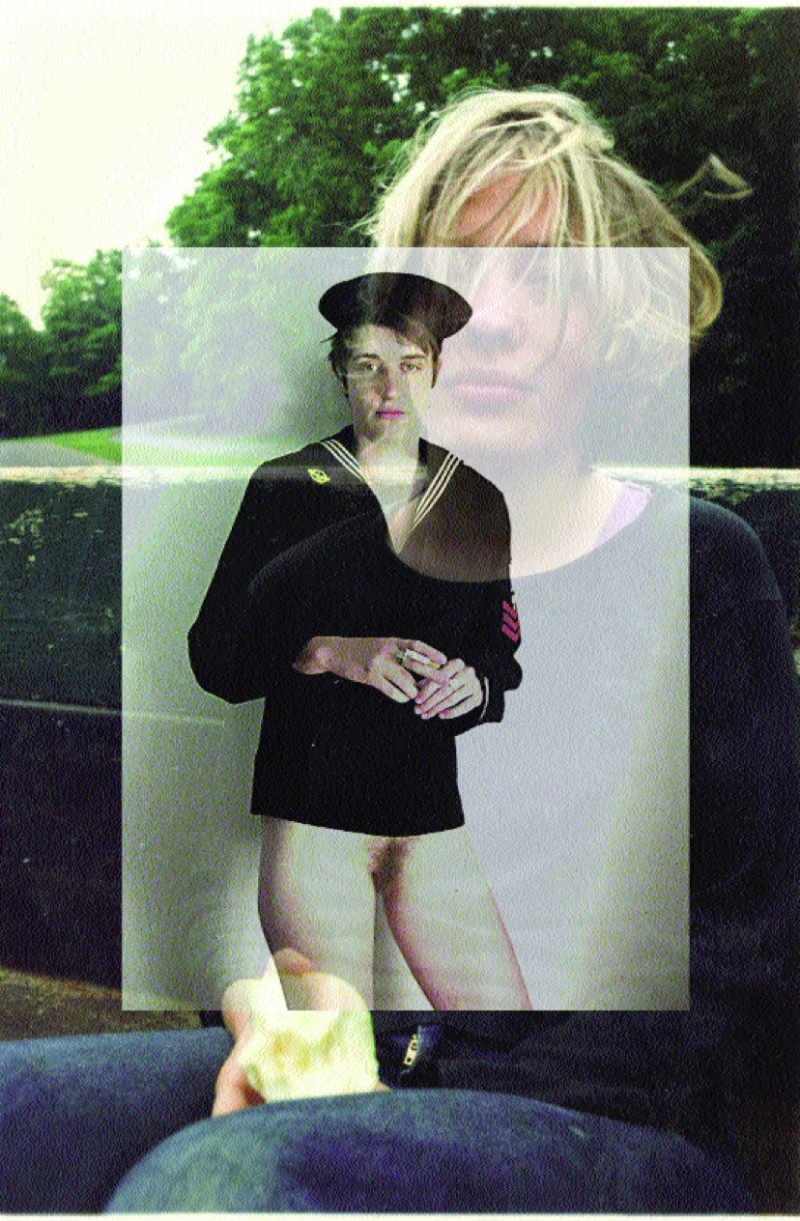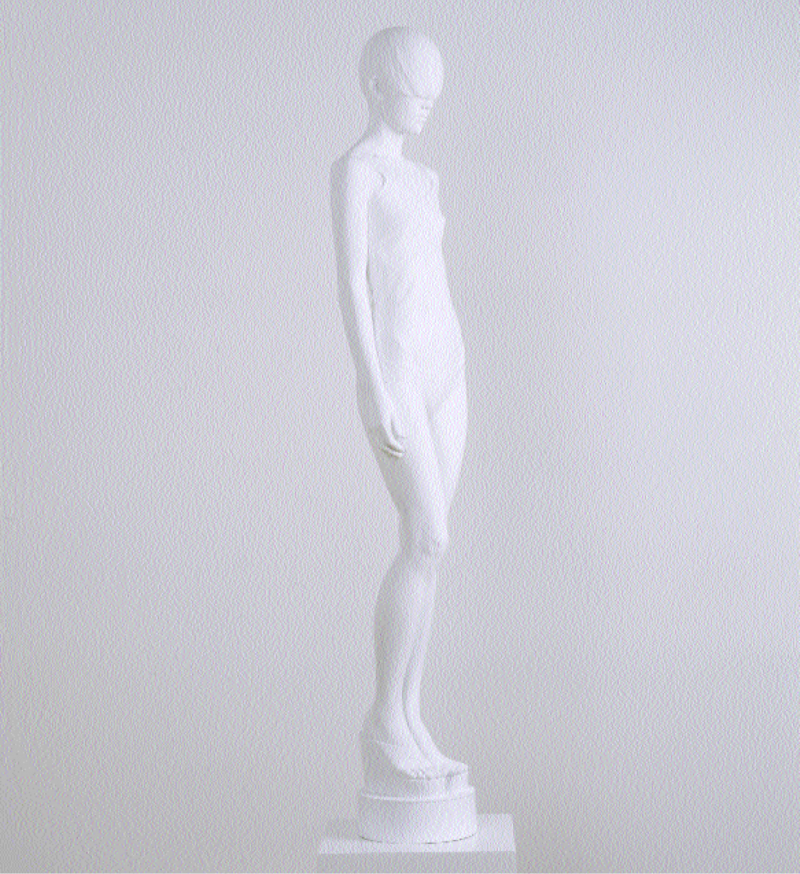Think Rossetti and his best friend’s girl, Jane Morris; Bonnard and his bathing beauty, Marthe; Man Ray’s giant painting of Lee Miller’s American lips; Picasso and Olga, Marie-Therese, Dora, Francoise… Our museums are full of heartbreakers. The love lives of others have always made for good viewing.
Pictures like these pull us into serial, looping relationships with their subjects; we see them through our own eyes, then objectively through the eyes of the artist, who is observing their subject’s response. Love’s relics—a creased pillow or scrap of familiar handwriting—can also cast powerful spells.

I’ve chosen ten of my art-about-the-beloved favorites for these pages—artists and their modern muses who transcend the sentimental. I found more men looking at women than women looking at men. Interestingly, while more examples of women rendering beloved women are emerging, and men looking at men has always been popular, I found that examples of women looking adoringly at men were few. There are exceptions (like Elizabeth Peyton’s weak-kneed watercolors of Tony Just), but it seems straight women artists have not been as forthcoming with ardent visual meditations on boyfriends or husbands.
In an art climate of celebrity and colossus, this kind of work holds steady. There will always be love stories; there will always be different ways of saying it. Ever a mix between schmaltzy and divine, love will keep us together and love will tear us apart.

The artist explains, “I used to make depressing paintings, and still might, but Erin’s willingness to let me make work about her, and the way that her influence on me has changed my life, has also changed my work.” Brad Phillips’s paintings of his wife, Erin, have a buoyant, private-joke-like quality, also a strong feeling that her enthusiasm for her husband’s work is an extension of her love for him.

A. L. Steiner’s closest relationships are on full display in her pictures, where we see her grappling with the push and pull of intimacies and entanglements and historic emotions. She describes all of her work as “works-in-progress,” which—as a statement—suggests an old-fashioned paradigm of the artist’s humility toward her muse. But at the same time Steiner’s beauteous, forceful, dreamy, and arresting images of women banish the idea of the passive model.

Don Brown’s sculptures of his wife, Yoko, reference several versions of...
You have reached your article limit
Sign up for a digital subscription and continue reading all new issues, plus our entire archives, for just $1.50/month.
Already a subscriber? Sign in




